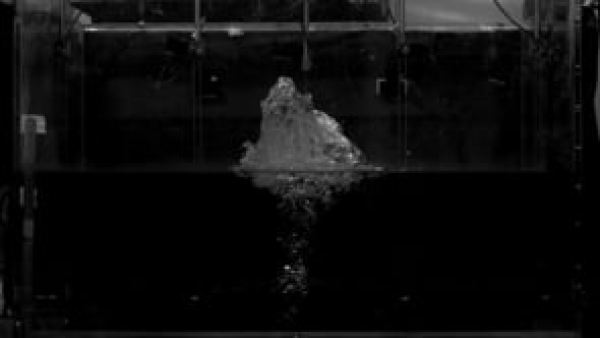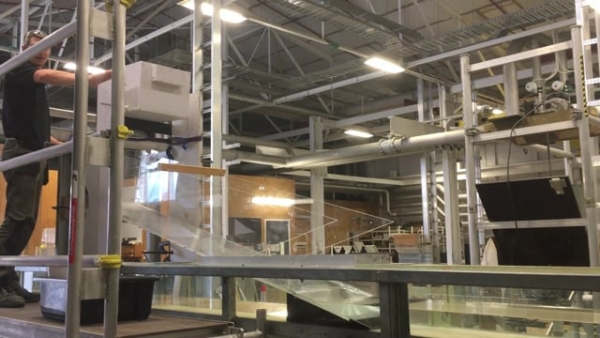NIWA researchers and PhD students are working with colleagues at GNS Science and the Universities of Auckland and Otago to investigate how erupting volcanoes can cause deadly and damaging tsunamis. The research is funded with a Marsden grant from the Royal Society.
Big underwater shakes are responsible for most of the tsunamis that reach New Zealand shores. While our tsunami hazard planning focuses mostly on earthquake-generated tsunamis, large waves generated from volcanic activity do happen and can be every bit as destructive. They account for around 25% of recorded deaths due to volcanic eruptions. There are lots of places with all the right ingredients – Lake Taupo, White and Mayor Islands, offshore parts of the Auckland volcanic field and the geologically restless Kermadec Arc, for example.
Well-documented overseas cases include the 1883 Krakatoa eruption, which generated multiple large tsunamis that killed over 36,000 people and Indonesia’s Anak Krakatoa, which collapsed in 2018 causing a tsunami that killed over 400 people.
Combining our knowledge of what has happened in different places around the world with lab experiments and numerical models is helping the researchers to understand the most dangerous conditions in tsunamis generated by underwater volcanic eruptions and the nature of the volcanic tsunami hazard here in New Zealand. This will help us to better prepare for possible future volcanic tsunamis.
The project is focusing on the wave-generating capacity of large explosive eruptions and pyroclastic density currents – hot mixtures of particles and gas which form during eruptions and flow down the sides of volcanoes.
Some underwater volcanic eruptions happen in such deep water that the surface is barely affected. Others happen in shallower water with the bulk of explosive activity above the surface. The project team is investigating the “sweet spot” between these two extremes where the depth of the water and strength of the eruption can generate large damaging waves.
Scaled-down physical experiments in wave tanks and numerical experiments are helping them better understand how explosive eruptions and pyroclastic flows can generate tsunamis. They’re using compressed air, gas and steam in water tanks to simulate the waves generated by underwater volcanic eruptions. A network of sensors and video cameras have been capturing the action in slow motion at a range of pressures and tank depths.
The project also involves tipping glass beads down aerated ramps into water to mimic what happens when pyroclastic flows hurtle down the sides of erupting volcanoes.
The researchers are using Navier-Stokes equations, which describe the motion of viscous fluid substances, to model how these flows move and NIWA’s high performance supercomputer to process their numerical models.
Recent papers
Yaxiong Shen, Colin N. Whittaker, Emily M. Lane, James D.L. White, William Power, Paraskevi Nomikou. 2021. Laboratory Experiments on Tsunamigenic Discrete Subaqueous Volcanic Eruptions. Part 1: Free Surface Disturbances. JGR Oceans.
Yaxiong Shen, Colin N. Whittaker, Emily M. Lane, James D.L. White, William Power, Paraskevi Nomikou. 2021. Laboratory Experiments on Tsunamigenic Discrete Subaqueous Volcanic Eruptions. Part 2: Properties of Generated Waves. JGR Oceans.



